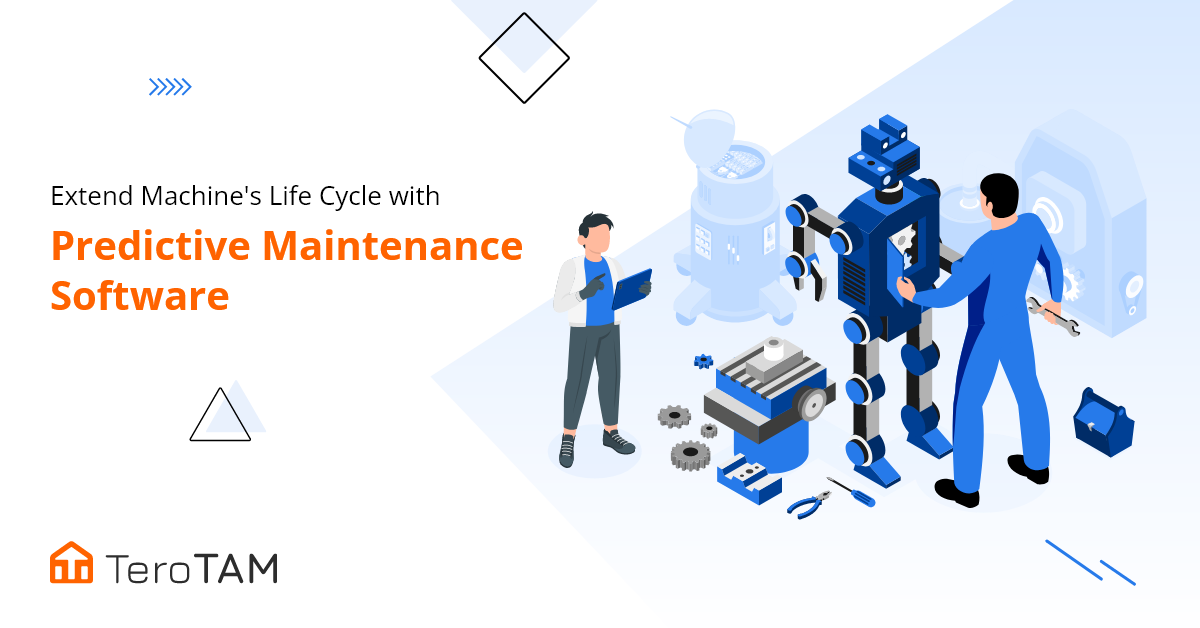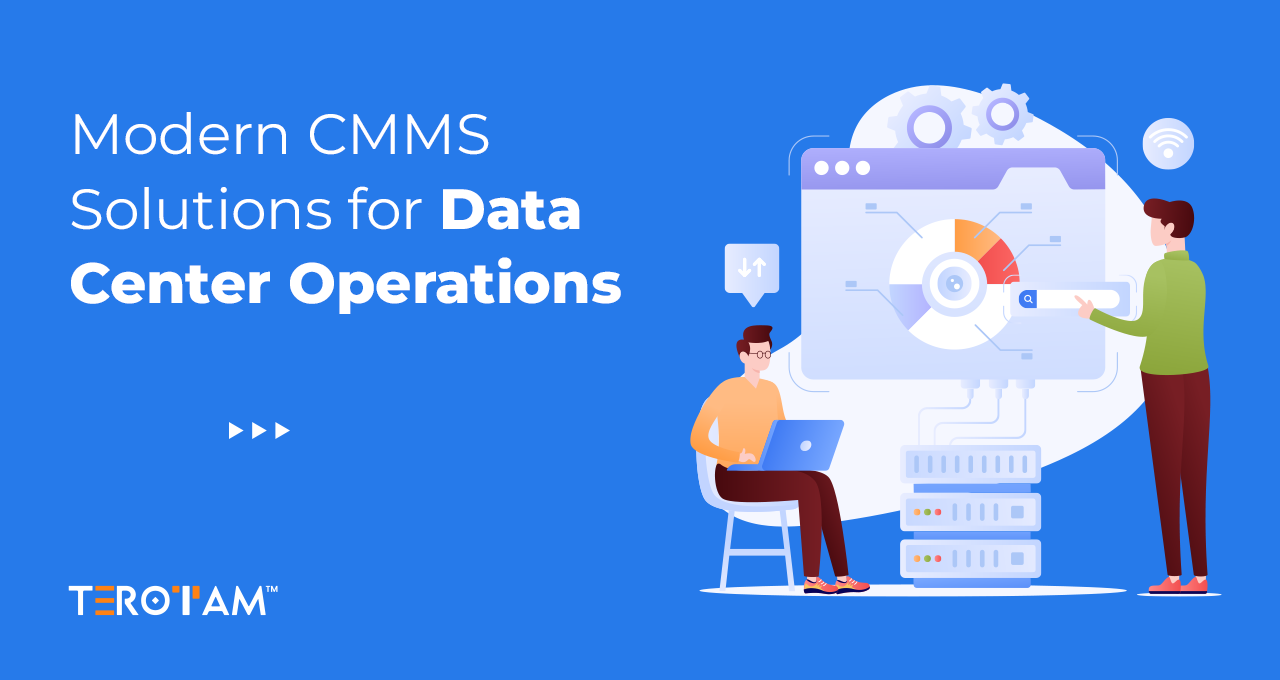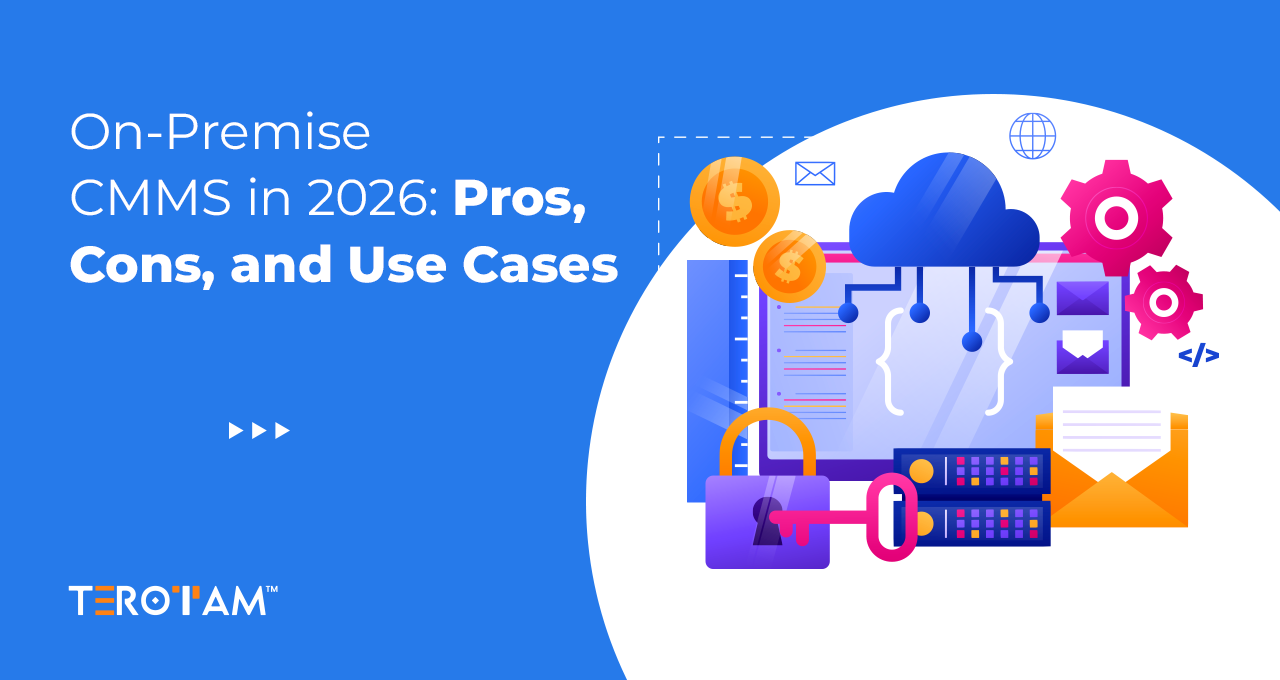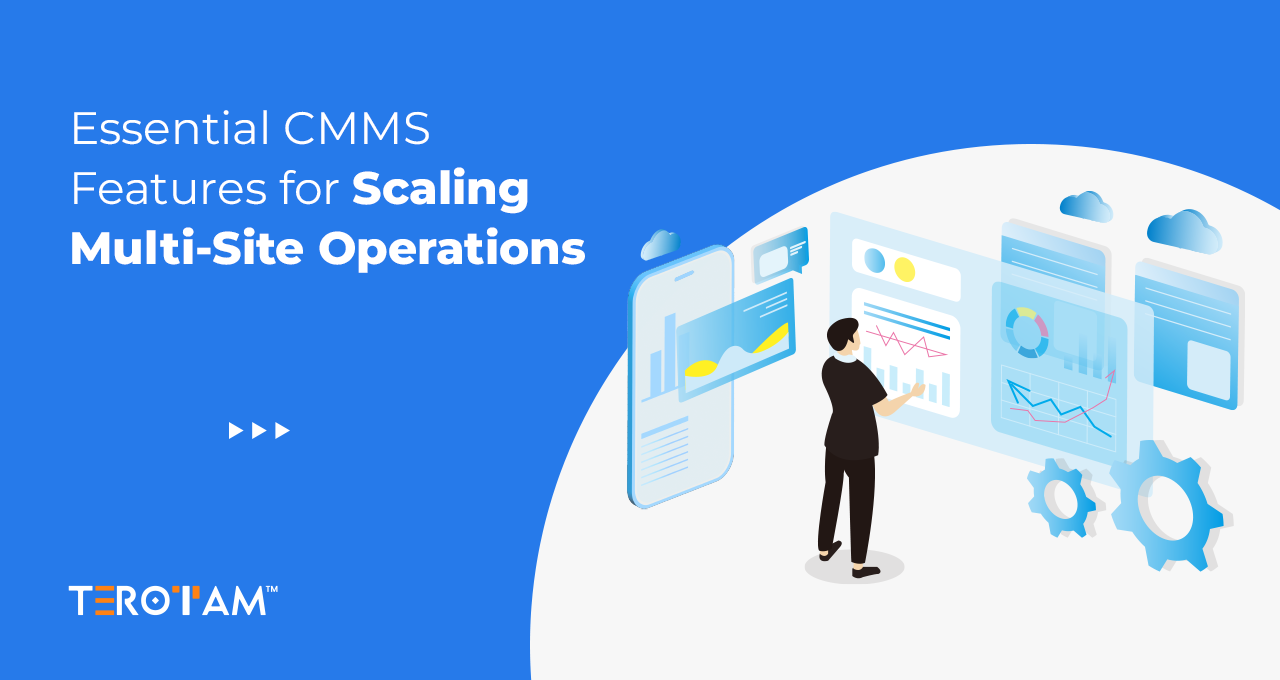Preventive maintenance is an indisputable requirement of any maintenance strategy. It’s crucial for minimizing maintenance costs, reducing downtime, boosting asset lifespan and efficiency, and improving worker safety.
Having a clear, defined, and well-thought-out maintenance plan is a key first step for setting up a firm for long-term success in an era where more than 80% of companies have suffered an unexpected outage in the last three years.
Any company that wants to save maintenance expenses and the amount of reactive maintenance issues needs to invest in preventive maintenance. But, what is preventive maintenance, exactly?
In this article, we’ll put some light on what preventive maintenance is and how you can utilize it to benefit your company and avoid problems before they happen. But Before that let’s take a look at basic understanding of what Preventive maintenance is.
What is Preventive Maintenance?
Preventive maintenance is a proactive approach in which predefined actions can be modified in the event of a potential machinery malfunction. Taking this precaution can assist boost equipment safety and dependability, improve performance, and save operational and downtime costs.
To drive growth, manufacturers must use modern maintenance processes to enhance the customer experience and provide high-quality services. An unanticipated outage can cause severe harm; consequently, monitoring the equipment at regular intervals can assist mitigate the risks of malfunction and outage. The solution could be as simple as lubricating the machine, replacing failing parts, or cleaning.
To continuously produce high-quality products and services, you must be aware of significant risks and prepare a contingency plan to cope with them. To ensure that their firm flourishes and avoid unprecedented loss, successful companies should aim for a projected preventive maintenance percentage of greater than or equal to 85%. Many demanding organizations in a variety of industries are already using this clever technique to outperform their competitors.
Preventive Maintenance vs. Reactive Maintenance
Preventive maintenance seeks to actively monitor assets for potential risks, whereas reactive maintenance seeks to remedy a problem after it has occurred. To put it another way, reactive maintenance adheres to the “If it ain’t broke, don’t repair it” philosophy. For low-cost pieces of equipment, reactive maintenance may be the best option, as bringing the machine offline multiple times may be more expensive than finally replacing it. However, in most cases, waiting until a problem emerges is not the best approach to asset maintenance.
Why is it important to have a Preventive Maintenance strategy?
It is critical to have a preventative maintenance strategy that is aligned with your company’s objectives. By assessing your asset, equipment parts, maintenance processes, and other key information related to them, preventive maintenance helps you stay ahead of the game.
Preventive maintenance has a number of advantages, including:
- Tasks to assess an asset’s functionality might be scheduled to assist cut maintenance and operation costs.
- Reduces the possibility of injuries and increases the technicians’ safety.
- Increases the machinery’s life cycle.
- Ensures trustworthiness
- Of course, it decreases downtime, which improves the company’s overall success rate.
How Predictive Maintenance Can Help You Extend a Machine’s Life Cycle?
Stop Reacting, Be Proactive..!!
Do not wait until a product’s warranty has expired to begin a preventative maintenance programme. For information and recommendations on routine inspections, repairs, and replacement parts, consult the product manual once more. When deciding between an aftermarket/fabricated replacement part and an original equipment manufacturer (OEM) replacement part, it’s also crucial to do your homework.
Creating and implementing a preventative maintenance and care plan for your new, or even existing, pieces of equipment can have a number of advantages. These advantages may include:
- Keeping your money safe
- Increasing the Machine unit’s service life
- Avoiding downtime
- Saving money by avoiding pricey emergency repairs
- Productivity will be maintained.
- completing the task on time
Make a Preventive Maintenance Schedule and Stick to It..!!
The first step should be to identify and make a list of all the pieces of equipment that will be included in the preventative maintenance plan. Having that list in place from the beginning is critical to a well-functioning plan, whether you have an in-house staff member or an external service specialist coming in to perform your preventive maintenance.
Develop a preventative maintenance plan for the individual piece(s) of equipment, in addition to the manufacturer’s Product Manual’s maintenance and care recommendations. Determine which structural and mechanical components should be inspected and reviewed on a regular basis, how often they should be inspected and reviewed, and who is accountable for doing so.
5 Ways to Extend your Equipment’s Life with Predictive Maintenance
It makes sense to effectively manage maintenance once such a substantial investment has been made to create your plant or facility. Computerized maintenance management software (CMMS) keeps track of the assets your firm owns and controls, notifies you when maintenance is required, and provides you with data on spare parts, costs, and asset failures.
Here are five methods to use preventive maintenance software to increase the life of your equipment.
1. Keep Track Of Spare Parts
Make sure you have extra components available and use CMMS software to track their position. If you don’t have the spare parts and tools you need to keep an asset running, it may break down before you can get the replacement parts you need. Maintaining a well-stocked spare parts inventory is easier with preventive maintenance software.
2. Conduct Frequent Inspections Of Your Assets
It is rare for equipment to fail without warning. A maintenance manager should evaluate equipment on a regular basis for warning signals that it needs to be serviced. Do not rely on CMMS software alone. Visually evaluating your assets on a regular basis will help you catch problems early and increase the life of your equipment.
3. Keep Complete Records On Your Equipment
Take careful notes on each and every piece of equipment you possess. The age of the machinery, faults, repairs, warranty information, and so on are all things you should keep track of. The more knowledge you have about your machinery, the easier it will be to deal with any problems that develop.
4. Create A Maintenance Strategy That Works
A well-thought-out maintenance strategy is essential. A maintenance schedule will help you remain within budget, increase earnings, and extend the life of your equipment. A detailed maintenance plan lays out the steps you’ll need to do to keep each piece of equipment in good working order. It also contains details on health and safety standards, employee training and management, and implementation of CMMS Software.
5. Make Your Preventative Maintenance Schedule More Efficient
Equipment failure might be caused by a poorly planned maintenance schedule. Use preventative maintenance software to create a strict schedule to ensure that every piece of equipment you own receives the care it needs.
Wrapping it up:
Preventive maintenance can have a large economic value. You save money by avoiding having a new capital investment during those years by increasing the estimated life of your more expensive equipment through routine preventive care and proactive maintenance.
You’ll know you need to change the preventive maintenance plan if your maintenance management software creates a corrective work order for a piece of equipment. When a feature-rich CMMS informs you that a piece of equipment is performing well, you may need to focus on other equipment.
TeroTAM offers preventive maintenance software to businesses of all sizes and in a variety of industries. For more information about Predictive Maintenance Software, contact us at contact@terotam.com today or schedule an appointment with one of our experts.








